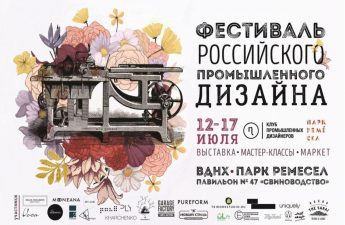The Design & Decoration Center hosted a lecturecopyright specialist Jeanne Smal. Important issues of protection of copyright and intellectual property in the field of interior design were discussed. By tradition, the portal roomble.com acted as an information partner of the event Design & Decoration Center Attorney Zhanna Smal has been working in this field for more than fifteen years, helping designers to seek truth in sensitive legal issues. That is why the Design Focus program hosted her lecture at the Design & Decoration Center, to which industry experts were invited. It was devoted to the protection of copyright and other important legal aspects of the profession of the designer. 
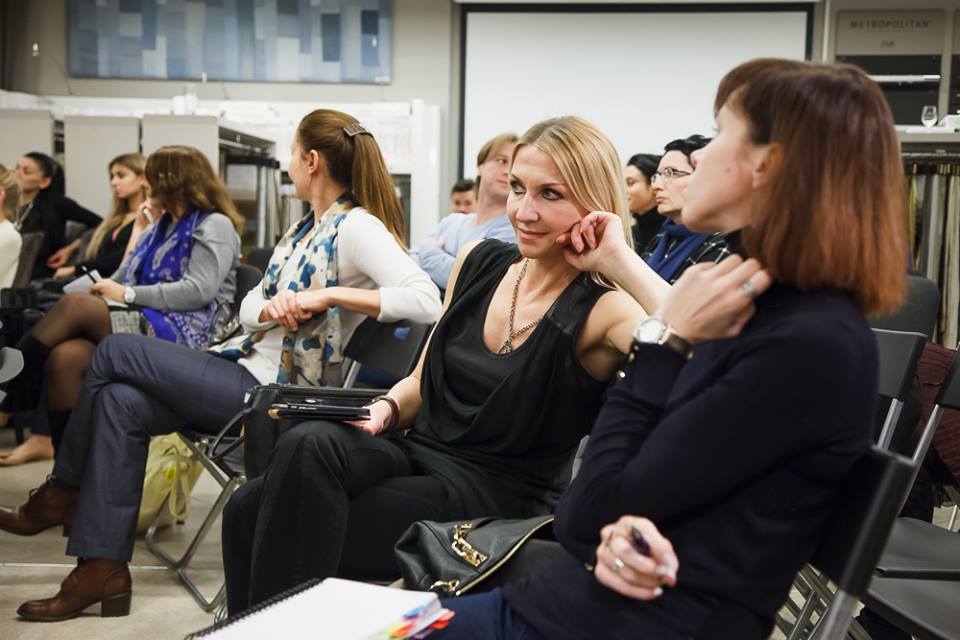
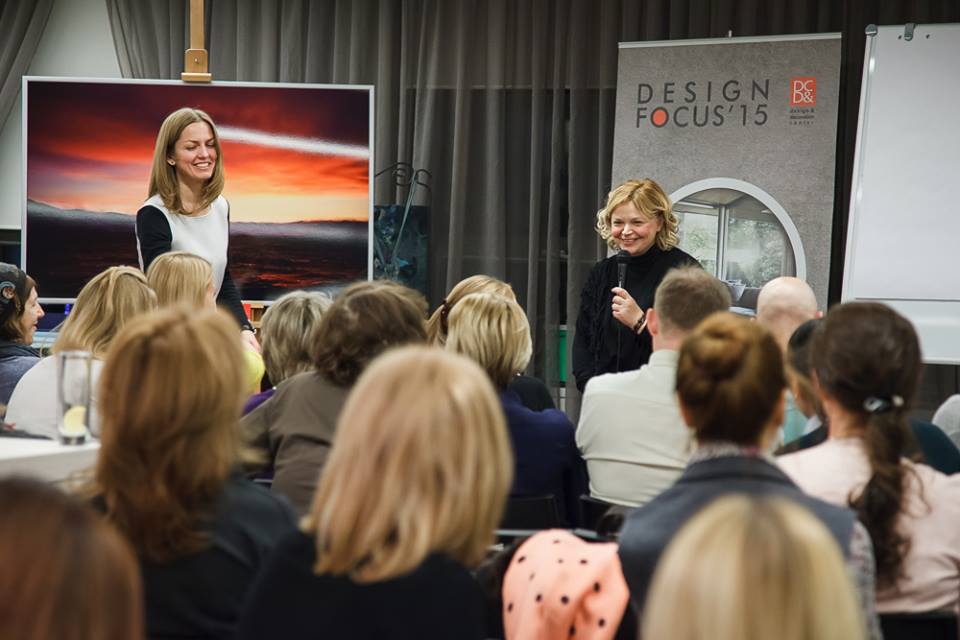
 The meeting began immediately with the main aspect of the lecture- the need to conclude an Agreement in which all the conditions and stages of interaction between the parties will be spelled out. The work of an architect or designer is intellectual property, and, according to the Civil Code of the Russian Federation, namely its fourth chapter, falls under the category of copyright. The author of the project is the one whose creative efforts it is created, therefore it is necessary to document everything at the very beginning of the partnership. Agreements in words in further disputes will not bear any legal force, since they, like ideas, are not protected by copyright. But as soon as the idea appears on the sketch, this is not the end, there must be a date and a certified copy.
The meeting began immediately with the main aspect of the lecture- the need to conclude an Agreement in which all the conditions and stages of interaction between the parties will be spelled out. The work of an architect or designer is intellectual property, and, according to the Civil Code of the Russian Federation, namely its fourth chapter, falls under the category of copyright. The author of the project is the one whose creative efforts it is created, therefore it is necessary to document everything at the very beginning of the partnership. Agreements in words in further disputes will not bear any legal force, since they, like ideas, are not protected by copyright. But as soon as the idea appears on the sketch, this is not the end, there must be a date and a certified copy. 
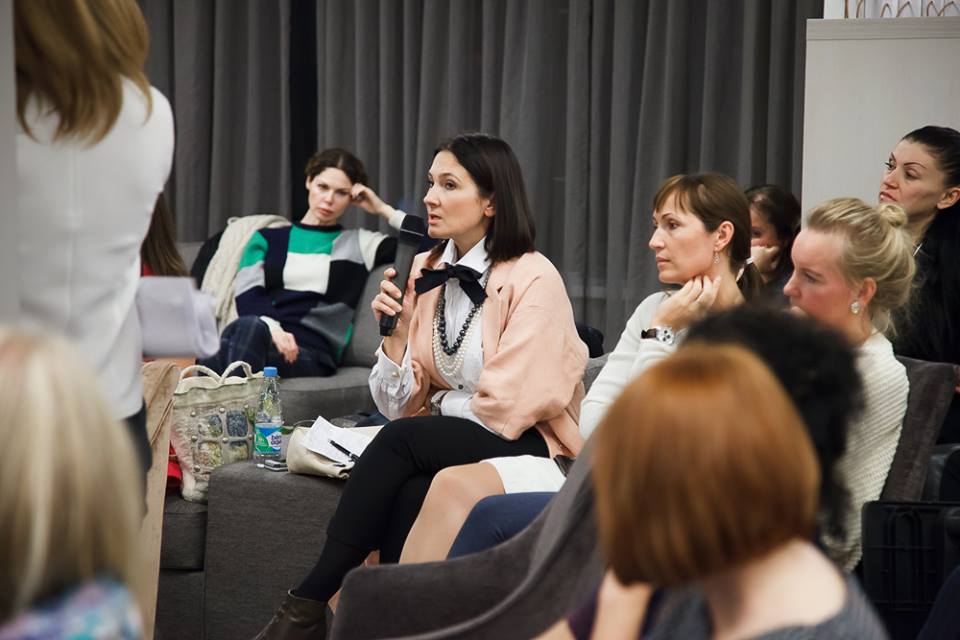
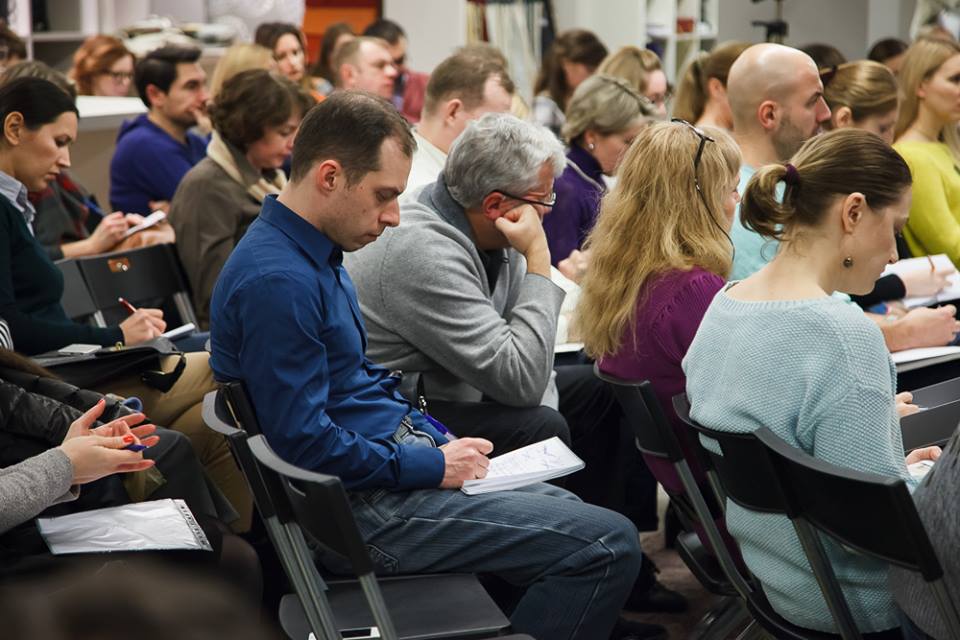
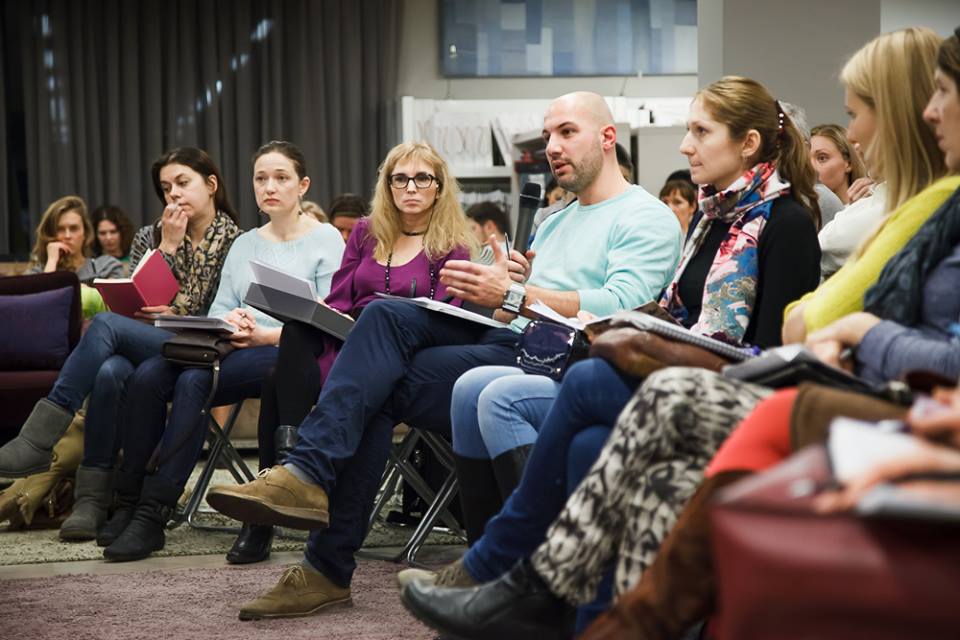 The nature of the contract is also important.The name that is given to him initially determines all further communication. Contract agreement, author's order for the creation of an interior or draft design, architectural supervision - the nature is determined by the author himself, and it is from the nature of the contract that the court will start from, if it comes down to it. It is imperative to prescribe the amount of the contract, payment methods, authorship and development stages, up to the supply of furniture. Almost immediately, questions began and the monologue smoothly flowed into a dialogue full of emotions and answers. Each of those present wanted to understand their specific situation, so most of the time was spent directly communicating with the audience. As a result, no one left without having received at least a grain of useful knowledge, which then, no doubt, can be successfully applied in their working practice.
The nature of the contract is also important.The name that is given to him initially determines all further communication. Contract agreement, author's order for the creation of an interior or draft design, architectural supervision - the nature is determined by the author himself, and it is from the nature of the contract that the court will start from, if it comes down to it. It is imperative to prescribe the amount of the contract, payment methods, authorship and development stages, up to the supply of furniture. Almost immediately, questions began and the monologue smoothly flowed into a dialogue full of emotions and answers. Each of those present wanted to understand their specific situation, so most of the time was spent directly communicating with the audience. As a result, no one left without having received at least a grain of useful knowledge, which then, no doubt, can be successfully applied in their working practice. 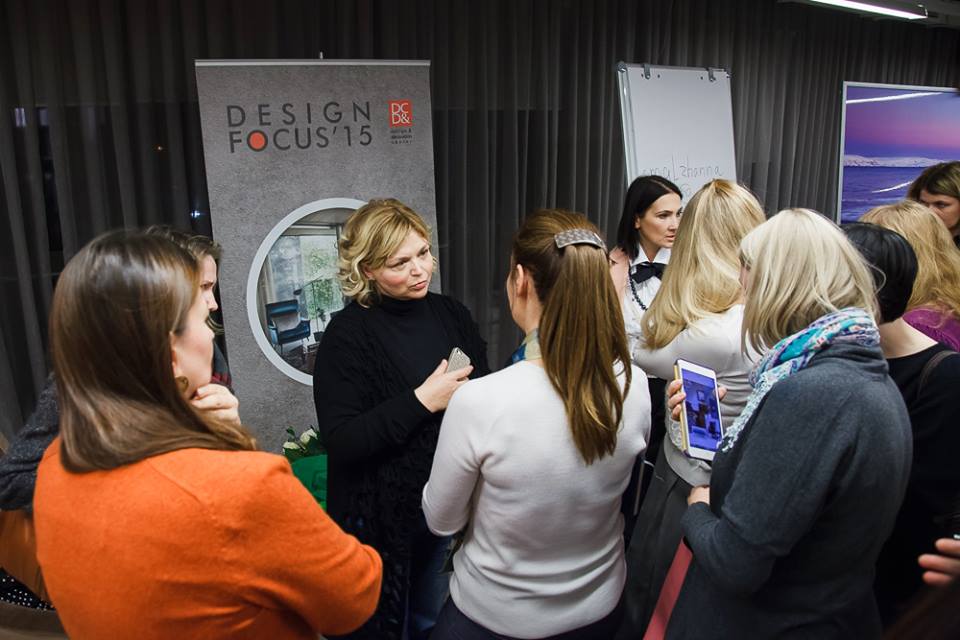
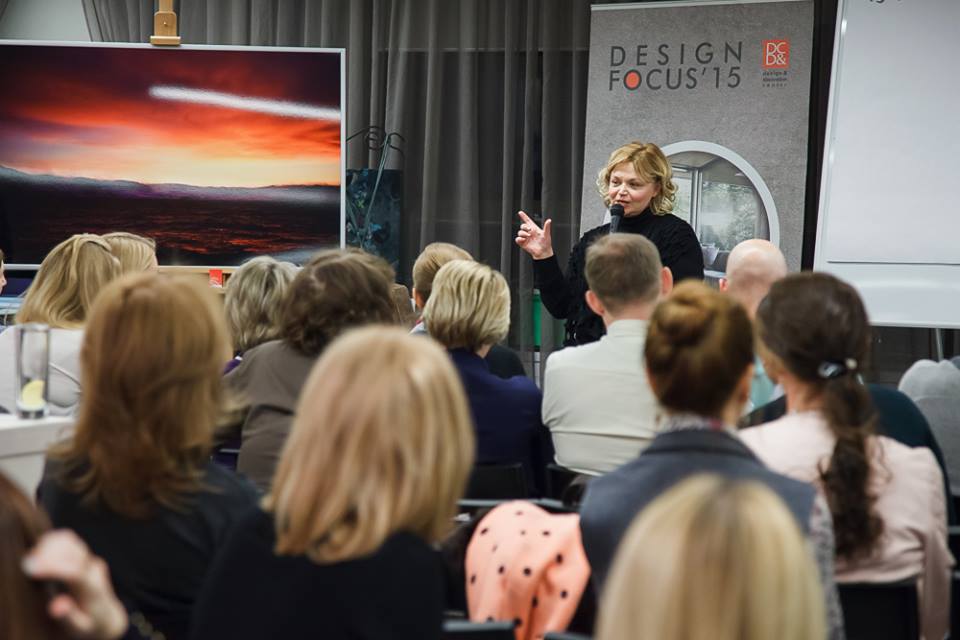
On November 26, a seminar on copyright in architecture and design - etk-fashion.com

